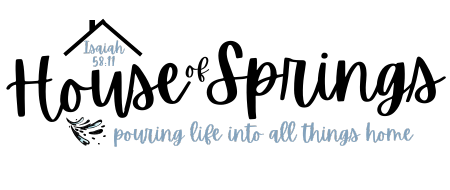Before introducing alphabet letters, ease your child into the world of writing with these free prewriting worksheets!

This set of prewriting worksheets is the first in an extensive prewriting series! The upcoming sets in this series will take your child through various straight and curved lines, first by tracing and then by writing. Stay tuned for the next set in this series! (You can now find set #2 here.)
What is Prewriting?
For an older child or adult, this would be the process of preparing to write something, such as brainstorming ideas for an essay or book. For a young child, prewriting is the process in which a child learns how to hold a pencil and how to start using it before even attempting to write complex alphabet letters.
Why is Prewriting Important?
A child can definitely begin writing by starting to trace alphabet letters; however, prewriting makes this process easier. There are many things in life that we could jump headfirst into, but don’t we all appreciate it when a task isn’t quite so overwhelming from the get-go?
When a child first learns how to write, he/she has most likely never even held a pencil before, let alone learned how to use it. * To make writing a smooth process, one must learn how to hold a pencil and then learn how to form things with it. Rather than expecting a child to be able to begin making slanted and horizontal lines (capital letter A) all within his/her first go-around, he/she could begin learning different types of strokes, one at a time. This is the beauty of prewriting. Slow and steady wins the race.
* NOTE: It is extremely important to make sure your child knows how to correctly hold a pencil. I have seen firsthand how the lack of proper technique has been the root cause of poor handwriting and slow handwriting. Acquiring the correct prewriting skills can literally impact the rest of your child’s life! (See the bonus “How to Hold a Pencil” guide below!)

Tips on Getting Started with Prewriting
Before even grabbing a pencil and jumping into prewriting, talk to your child about writing. You can show him/her how you can write your name, write a note to someone, write a story, and so on. Explain how special and helpful writing can be in everyday life. You could even read him/her a book and say that someone wrote the book so that families can read it together!
Talking about writing in this way also serves as a reminder that learning should be interesting and light-hearted. As adults, we tend to take on stress and anxiety that just don’t belong in the world of learning. Do not stress about how fast your child learns or how good your child’s writing looks. Take it one step at a time and think of it as taking an adventure with your new learner!

Once both you and your child have mentally prepared for writing, grab the “How to Hold a Pencil” guide and work with your child on holding a pencil. (If your child hasn’t yet been taught about pencil safety, see the “Pencil Safety” guide below.) Do this a few times a day for a few days or until your child gets faster at grasping the pencil. After your child has accomplished this, see if he/she can pick up the pencil on his/her own without your assistance. Once your child is comfortable doing this, then you can start working on your prewriting worksheets! (You can definitely begin tracing the worksheets earlier on, but I HIGHLY recommend working on holding a pencil BEFORE tracing.)
When you get started, it would be helpful to show your child how to do one or two so he/she can see an example. As your child begins tracing, observe his/her writing posture, making sure he/she is still holding the pencil with proper technique. If your child is struggling with this, it may be a good idea to pause and revisit practice on holding a pencil correctly.
Another thing to observe is the direction of your child’s stroke. Make sure each line starts at the top and goes down. If a child ends up writing a line from the bottom and goes up, he/she will end up writing more slowly than other children. (I’ve seen it happen!)
Above all, be patient as your child learns this new and exciting skill! Encouraging words make a world of difference!
Beyond Prewriting
Once your child has completed this set, stay tuned for the next prewriting set next week! (You can now find set #2 here.)
If you’re wondering where you’ll start after your prewriting journey ends, you can check out these free capital-uppercase letters tracing worksheets and small-lowercase letters tracing worksheets. If you’re looking for something a little more comprehensive, check out my capital-uppercase letters workbook and my small-lowercase letters workbook!



NEED TO SAVE ON INK? Download a black and white copy:

